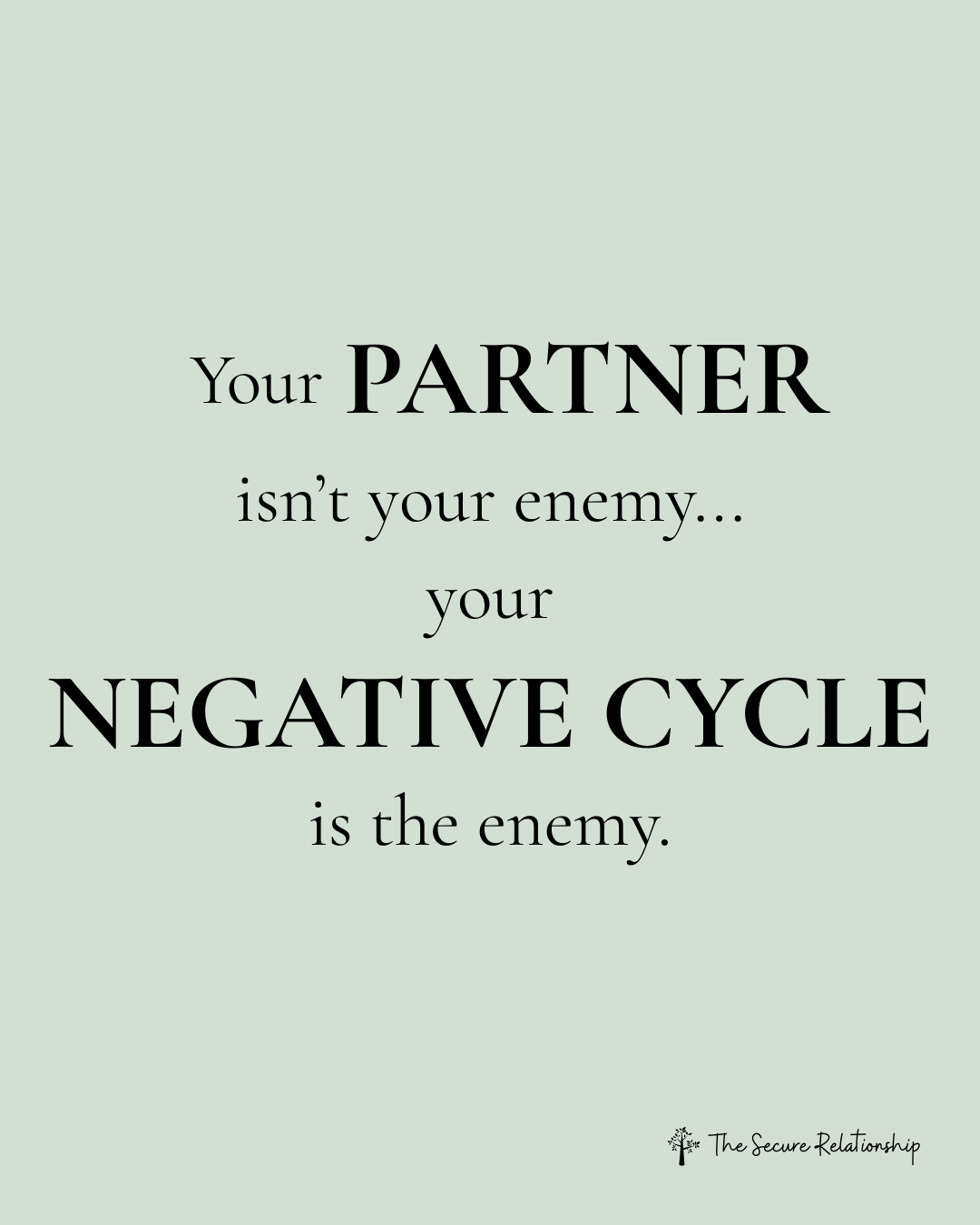Why Avoidant Attachment is Linked to a Fear of Failure (Or of Being Seen as a Failure)
How Fear of Failure Shapes Avoidant Attachment in Relationships
For partners with avoidant attachment, themes related to failure can be deeply triggering. This includes:
Failing
Being seen as a failure
Seeing oneself as a failure
Weakness
Dependency (which they equate with weakness)
Accepting emotional comfort (which can feel like exposing their vulnerability)
These triggers often circle back to the ultimate fear: rejection—both by others and by themselves.
Performance-Driven Beliefs and Fear of Failure
Avoidant partners are often highly performance-driven, believing that love or care must be earned. This mindset leads to:
A constant drive to be seen as “getting it right.”
Avoidance of emotional closeness due to feelings of unworthiness.
For avoidant partners, emotional connection may feel undeserved, much like keeping something they don’t believe is theirs. This discomfort is rooted in a deep fear of failure, which prompts them to push others away rather than risk relational failure.
How Fear of Weakness Drives Behavior
For avoidant partners, weakness is closely tied to rejection. To avoid being seen as weak or failing, they may:
Defend Themselves: To avoid appearing wrong or flawed.
Reject Closeness: To avoid dependency, which feels like weakness.
Resist Vulnerability: To protect themselves from exposing perceived weaknesses.
These behaviors act as protective mechanisms but often lead to defensive communication and emotional distance in relationships.
The Negative Cycle in Anxious-Avoidant Relationships
Avoidant partners are often paired with anxious partners, creating a challenging dynamic driven by the fear of failure:
Avoidant Partner: Withdraws to avoid perceived failure or rejection.
Anxious Partner: Protests or blames, intensifying the avoidant partner’s sense of failure.
This negative cycle reinforces both partners’ fears, increasing emotional distance and relational distress.
Breaking the Negative Cycle
While the negative cycle between anxious and avoidant partners can feel overwhelming, it is possible to break free with intentional effort. Here’s how:
1. Stabilize the Cycle
Recognize the negative cycle and take steps to stop it. This begins with both partners understanding their role in the dynamic.
2. Build Trust and Safety
Focus on creating a safe environment where both partners feel comfortable expressing their needs and vulnerabilities.
3. Learn New Communication Skills
Engage in open, vulnerable communication to break down barriers and rebuild connection. This includes speaking from personal experiences rather than assigning blame.
With commitment and effort, anxious-avoidant pairs can reduce defensive reactions, deepen their connection, and thrive together.
Why Healing the Fear of Failure is Essential
Healing begins by recognizing and interrupting negative cycles driven by the fear of failure. Avoidant partners can work toward embracing vulnerability, while anxious partners can learn to regulate their fears. This process creates a pathway to healthier, more fulfilling relationships where trust, safety, and mutual understanding can flourish.
Resources for Anxious-Avoidant Relationships
If this dynamic resonates with you, explore these tools for support and healing:
Julie’s Book, Secure Love: Order now to explore how attachment patterns impact relationships and discover tools for fostering connection.
Workshops: Join interactive workshops on breaking negative cycles and improving communication. Learn more.
Coaching Sessions: Work with EFT-trained relationship coaches to navigate anxious-avoidant dynamics. Sign up now.
The Secure Love Podcast: Listen now to follow real-time couples coaching with an anxious-avoidant couple.
Julie’s Group: Participate in bi-monthly group meetings with Julie Menanno to learn more about healing and relational growth. Join now.
“Avoidant attachment is not about rejecting love—it’s about fearing failure and rejection, and healing begins with vulnerability.”


Trying to control your environment—like keeping a spotless house—can sometimes be a way to manage inner anxiety caused by relationship disconnection. But when that strategy backfires, it can create more of the very disconnection you’re trying to avoid. This post explores how personal anxiety shows up in relationships, and how couples can break the cycle.